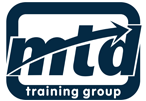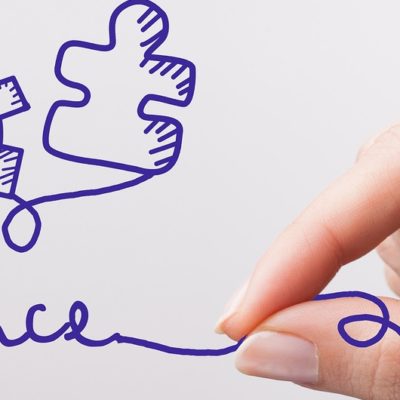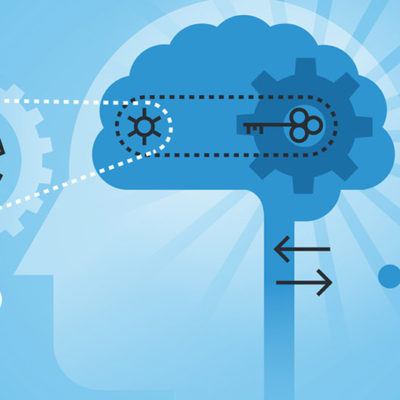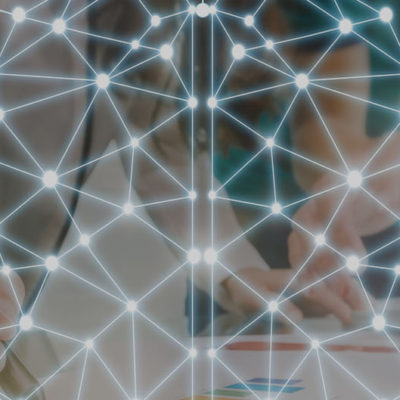The only constant in our knowledge era is change. Moore’s Law is alive and well and applying in more industry sectors than ever.
In the ever-developing world we embrace, we need rules of thumb to measure ourselves, especially within L&D, and especially in areas where we might not be the world leaders.
Elizabeth Mixson of Adobe Systems has highlighted five top companies whose ideas are revolutionising the way learning is carried out, and we discuss here how their concepts can be applied more widely.
Mixson noted that all the companies she studied were looking at L&D from a different perspective and making it real for their own cultures and values; their applicability, though, can be far-reaching and observable in many other climates.
Here are some of her findings:

In 2015, Walmart started a $2.7 billion investment over two years that incorporated a pay increase process and a new learning mechanism. They started up 200 training academies in the US, and developed short and medium-term programmes for all employees.
In May of 2018, Fortune.com reported that Walmart is aiming to tap into an ‘overlooked talent pool’ of people who had left work but were now looking to resume their career, aiming especially at women who had paused their careers for a variety of reasons.
What can we learn?
Walmart have noted they can attract talent back to the workplace if they develop opportunities for that talent to ease their way back in and offer chances for them to re-ignite their careers. The older generations have a lot to offer in terms of wisdom and experience, especially to younger team members, and the success of the Walmart programmes gives confidence to others that looking at the potential in employees can shift perspectives in positive ways.

Ford have approached the development of their executive, senior management and supervisory teams with a global mindset, looking specifically at the skillsets required by these different levels in the near future to take the company forward in a highly competitive industry.
By thinking globally, and identifying the key skills these managers will need in 2020 and beyond, Ford concentrates on the business needs of the future, rather than just thinking about what they need to train them in.
Titles such as ‘Global Leadership Summit’ and ‘Experienced Leader Program’ highlight the importance Ford gives to the long-term development of their management teams, and concentrates on real-time projects the managers are working on, along with practical applications with real challenges the managers are facing.
What can we learn?
Future learning initiatives will focus less on what skills people need to work on and develop, and be more specific to solving business problems that relate to the industry we are working on. Ideas around real-time projects and case studies will replace the older theories as we see people wishing to learn more front-line skills that can be applied every day.
What do you do if you conclude that over half of your workforce do not have the necessary skills to take your company into the next decade?
Telecommunications conglomerate AT&T realised they needed to be radical in their staff development if they weren’t going to be left behind in talent development and competitive services.
Harvard Business Review states that the company wanted to retrain their workforce while ‘striving to engender a culture of perpetual learning’. The rapidly-shifting technical demands of the company meant they needed to step up and reskill their employees to fill the gap in knowledge and ability.
Newly-created roles are becoming filled by people who are learning on-line on portals called Career Intelligence that allows team members to see what jobs are available in particular areas, aiming at re-educating over 100,000 employees in cutting-edge skills by 2020.
The global retraining program is called ‘Future Ready’ and it aims at developing internal people with the skills the company would normally have to go outside to recruit.
What can we learn?
We can identify what skills are required for our company to be fit and ready for the next decade and determine who could be retrained and developed to accept those new roles, many of which have yet to be invented. Making our company ‘future ready’ involves looking at where the market is going and becoming aware of how we can direct the market with people who are skilled up in working on specific talents required to take us forward into the next decade.
Watch Jane Dowd’s TED talk on Corporate Learning

In 2017, the world’s largest aerospace company took the decision to launch a new development program, investing $300 million extra in ideas and reforms to make learning resources available to its worldwide workforce.
Partnering with a global education technology company, Boeing created learning portals that offered on-line learning, certification courses and degree programs that help employees to learn remotely. But more importantly, they focus on developing the ‘digital literacy’ that Boeing feels will drive its competitive force and enhance the technical skills necessary for it to thrive in the future.
What can we learn?
The ideas for Boeing’s online network of resources came from the generation of over 40,000 ideas from employees. The surveys showed the company that their employees wanted to develop their skills and, by incorporating many of the ideas generated in the survey, Boeing gained buy-in and commitment to the learning initiatives.
If we were to tap into the potential of our teams by surveying what is required and requested by the people who actually will be trained and re-skilled, we stand a greater chance of our L&D processes being accepted and owned by the people to whom they are being directed.
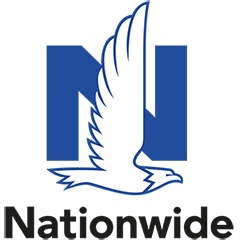
Kathleen Smith is proud of the way the company has developed their leadership talent over the past three years. As VP of Talent Management and Development, she has a three-pronged attack to develop their people skills:
1) A highly-collaborative community of learning leaders across the company
2) An integrated learning strategy that combines learning on-the-job as well as on courses
3) The participation, contribution and integration that leaders have in their own learning
By concentrating on corporate values and integrating four specific behaviours into their L&D processes, Nationwide have developed an approach where leaders are supported with ‘personalised, engaging, accessible and impactful’ interventions.
Through a blended learning approach, the company have four modules focusing on culture, values and behaviours, managing change, collaboration and conscious inclusion. They have seen a rapid uptake in programs that concentrate on real-world challenges and help leaders to develop much quicker than with just general learning processes.
Diane August, Nationwide’s Chief Learning Architect, stated that ‘Traditional learning just isn’t going to work. It’s not fast or responsive enough. Not only do the content and focus have to change…so do the methods.”
What can we learn?
An integrated learning culture has to include the people participating in the learning. We no longer can see training as something that is ‘done’ to people…it has to include ‘with’ the people. Nationwide shows that you can gain commitment from learners by introducing a joined up and cohesive approach to development, involving the very people who are targeted for future development.
These five examples show us how a changing perspective and approach to learning and development is driving performance and participation, engaging leaders and team members in their own progressive career management, and helping them adapt and grow into the skillsets and attitudes required to take our companies forward into the next decade and beyond.

Sean McPheat | 
CEO The MTD Training Group
